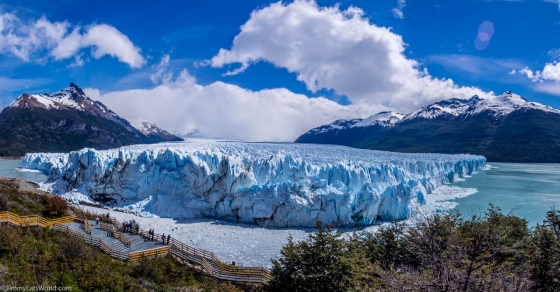Caviahue Weather and Climate: A Comprehensive Guide
The temperature in Caviahue can vary greatly throughout the year.
The temperatures shift from pleasant
to cold.
It also has a notably wet climate with much precipitation.
Now, let’s break down all the climate details for a clearer picture.
Average maximum day and minimum night temperature
Depending on the time of the year, temperatures range from pleasant to chilly in Caviahue. Average maximum daytime temperatures range from a pleasant 22°C in January, the warmest time of the year, to a chilly 4°C during cooler months like July.
At night, temperatures typically drop to an average of around -5°C during these months.Check out our detailed temperature page for more information.
Temperature ranges by month
Precipitation and rainy days
Caviahue has a relatively rain/snowy climate with high precipitation levels, averaging 1343 mm of rain/snowfall annually. Significant seasonal changes in precipitation occur throughout the year. During the wetter season, June receives heavy snow/rainfall, averaging 279 mm of precipitation, recorded across 9 snowy/rainy days. In contrast, the drier season, January brings less rainfall, with 33 mm over 7 rainy days. For more details, please visit our Caviahue Precipitation page.
The mean monthly precipitation over the year, including rain, hail and snow
Forecast for Caviahue



Select a Month of Interest
Check the conditions for any month of the year.
The best time of year to visit Caviahue in Argentina
During the months of January and February you are most likely to experience good weather with pleasant average temperatures that fall between 20°C and 26°C.Other facts from our historical weather data:
Most rainfall (rainy season) is seen in May, June, July and August.
January has an average maximum temperature of 22°C and is the warmest month of the year.
The coldest month is July with an average maximum temperature of 4°C.
June tops the wettest month list with 279 mm of rainfall.
January is the driest month with 33 mm of precipitation.
No idea where to travel to this year? We have a tool that recommends destinations based on your ideal conditions. Find out where to go with our weather planner.



